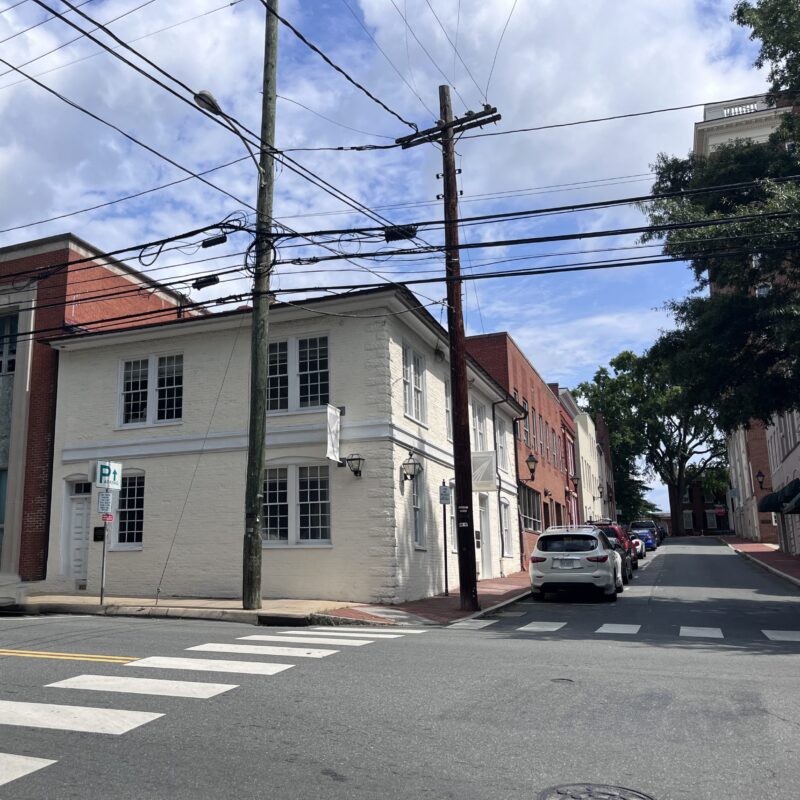Dear Ace: The fall is here, and the leaves are starting to turn. It‘s putting me in a real circle-of-life, survival-of-the-fittest kind of mood. Ace, what is the most prevalent tree in Virginia? I want to plant one in my yard, to teach my sons how to be stronger and more prolific than their rivals.—Eugene Nicks
“Prevalent” is a loaded word, Eugene. There are your populous tree species, notable for the sheer quantity of them in the Commonwealth, and then there are your popular trees, which are more prevalent in a gooey hearts-and-minds kind of way.
Of Virginia’s most heavily publicized trees, the Cornus florida, or white flowering dogwood, is a veritable prima donna. The white dogwood is Missouri’s state tree, and North Carolina’s state flower, but Virginia, not to be outdone, officially claims it as both. That’s uncommon devotion, Eugene. Like Mississippi’s notorious adoration of the Magnolia grandiflora, and Maine’s unrequited longing for the eastern white pine. These are the trees that launch warships, on whose behalf myths are made and verses written. Chaucer name-checked the dogwood in his Canterbury Tales, affectionately calling it “the whippletree.” Furthermore, a Christian legend of unknown origin suggests that Jesus was crucified on a dogwood cross, and that the resurrected Christ transformed the tree as payback, twisting its branches to make it unusable for crucifixion, and changing its blossom into a cruciform representation of the Passion.
Recognition factor notwithstanding, the delicate white dogwood is probably not the hardy, Zarathustrian example you want to set for your kids, Eugene. So Ace called the Virginia Department of Forestry to ask which tree was the most virile and abundant, having spread its seeds copiously across the land. VDOF’s representative, voice lowered reverently, provided an answer: the Liriodendron tulipifera, or tulip poplar. It is “one of the largest and most valuable hardwood trees in the United States,” according to the State forestry website; specimens sometimes reach up to 200 feet in height and 10 feet in diameter. Its bark is a rigid, stony light gray, and its blossoms a muted, dignified confluence of yellow, orange and green. Where can you find the tulip poplar? In deep moist soils along streams and in lower mountain coves, but especially in such manly places as Kentucky, Indiana and Tennessee, each of which has made it their state tree. Sure, the Liriodendron tulipifera may lack the dogwood’s glamour and high culture cred. It is by far, however, the most “poplar” tree in Virginia.
You can ask Ace yourself. Intrepid investigative reporter Ace Atkins has been chasing readers’ leads for 20 years. If you have a question for Ace, e-mail it to ace@c-ville.com.





